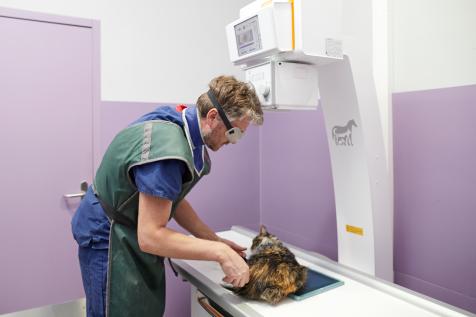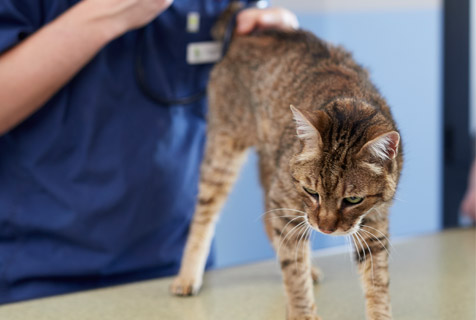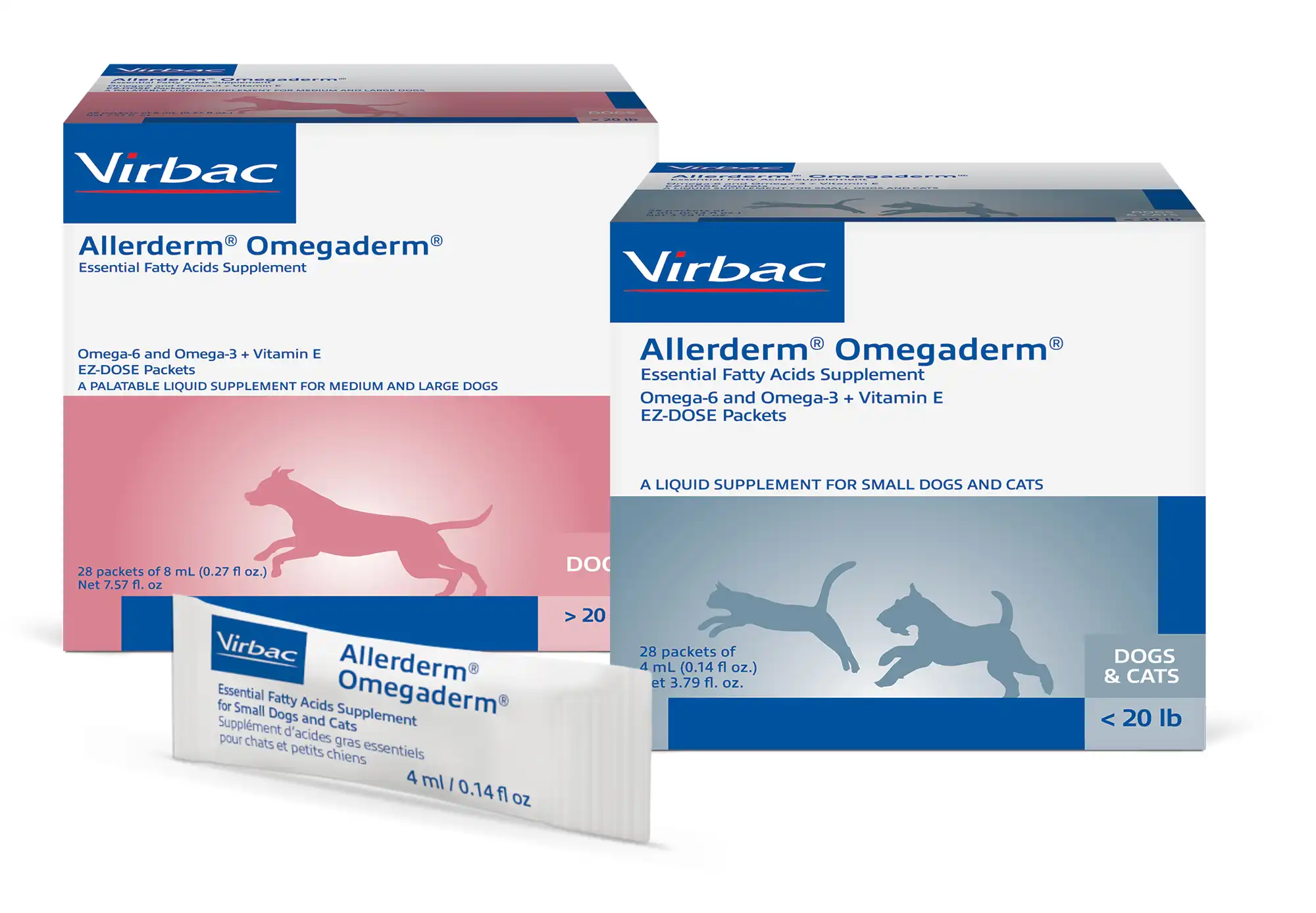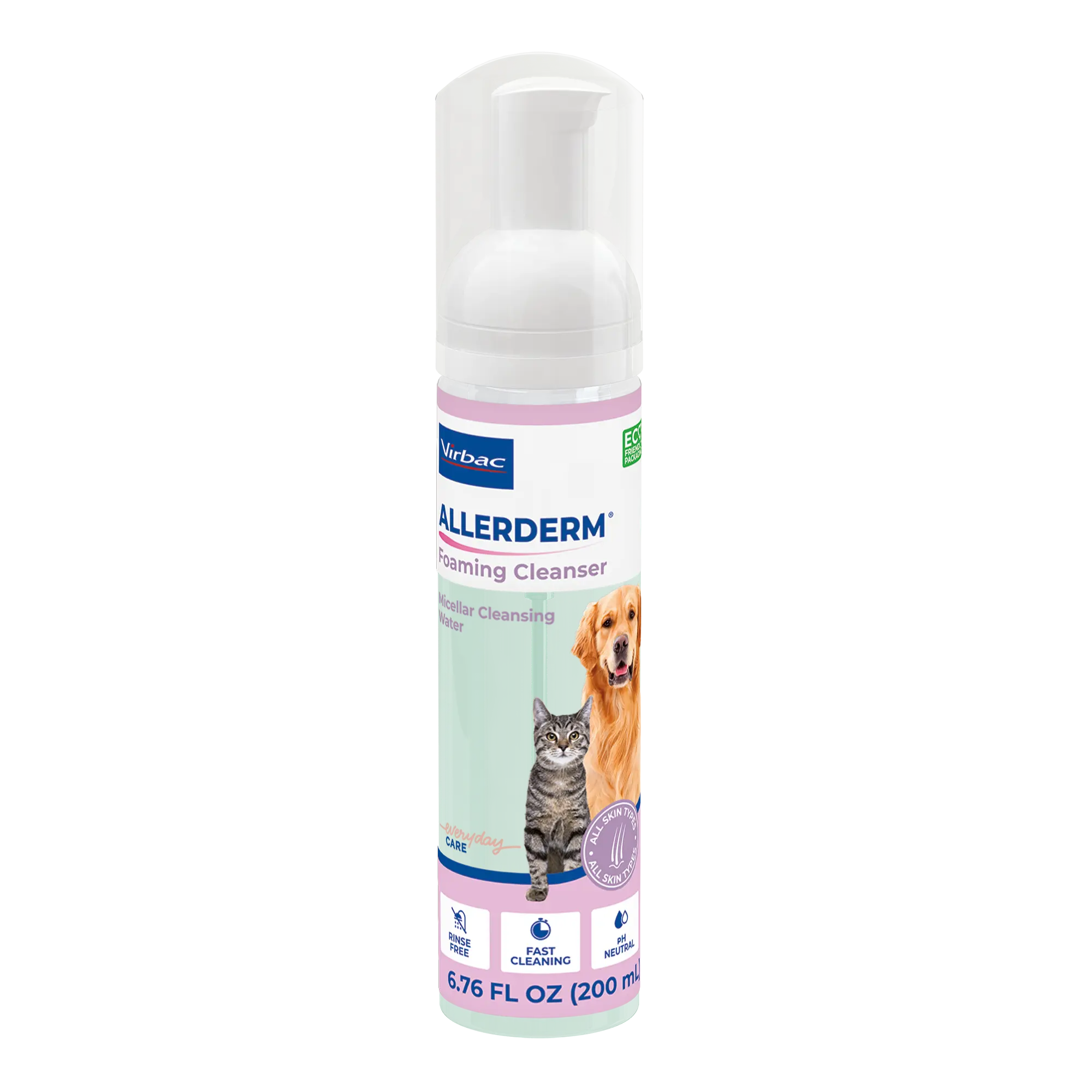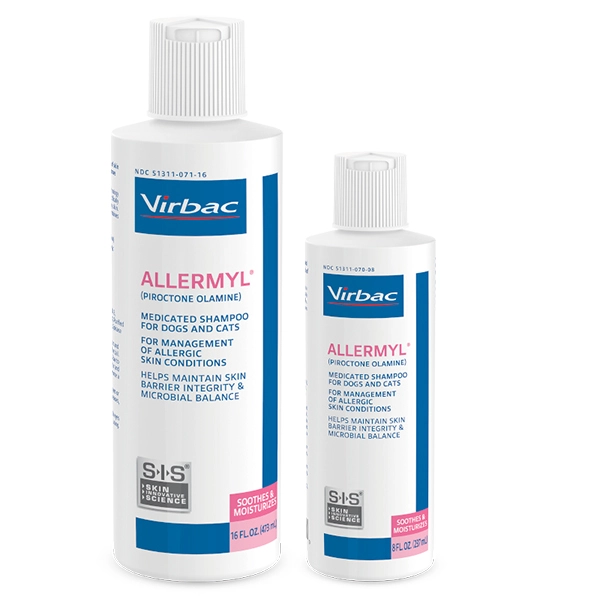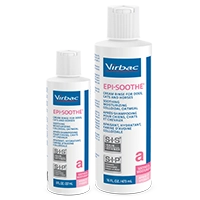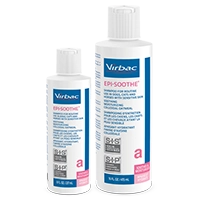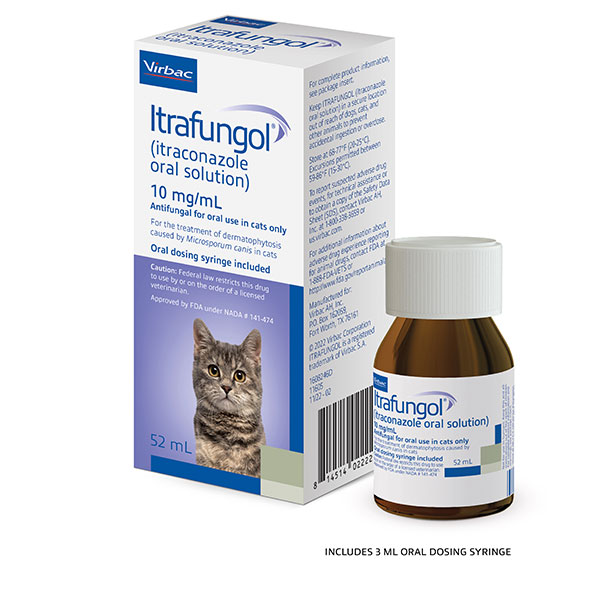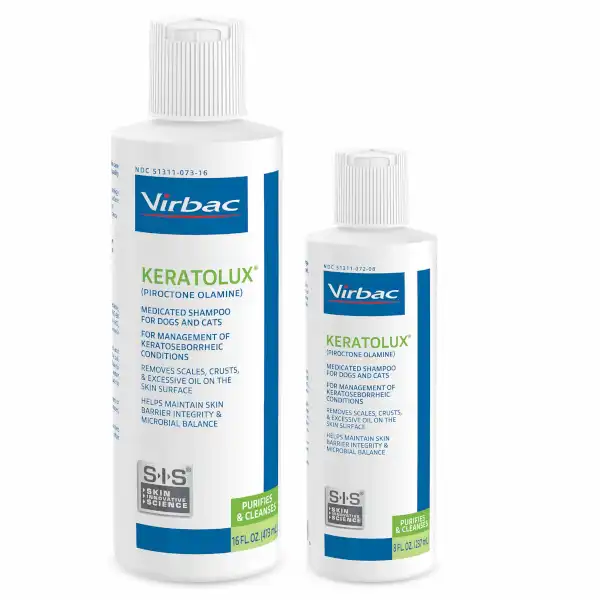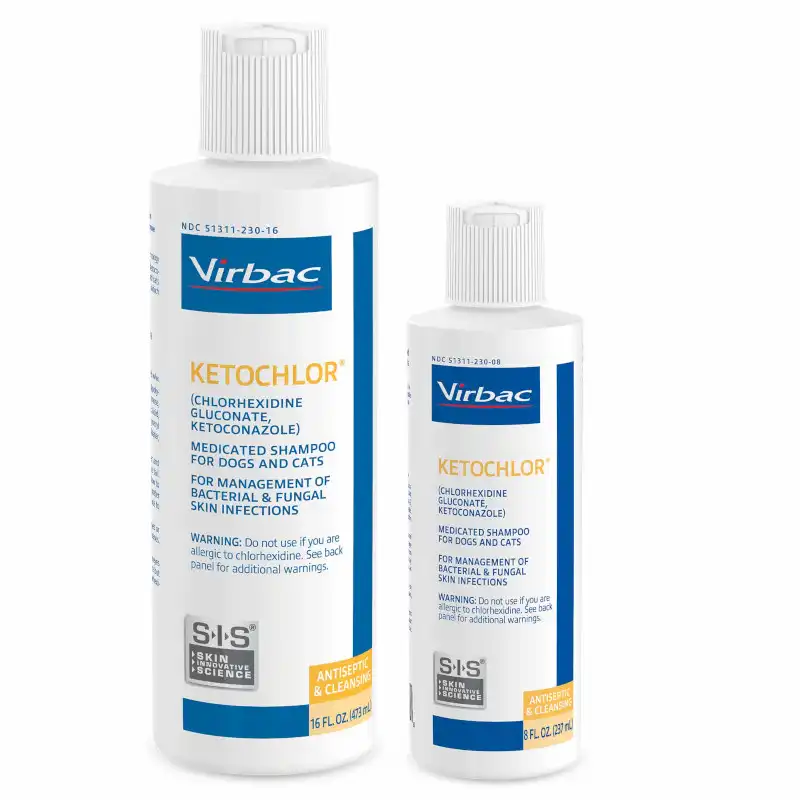Cat Dermatology
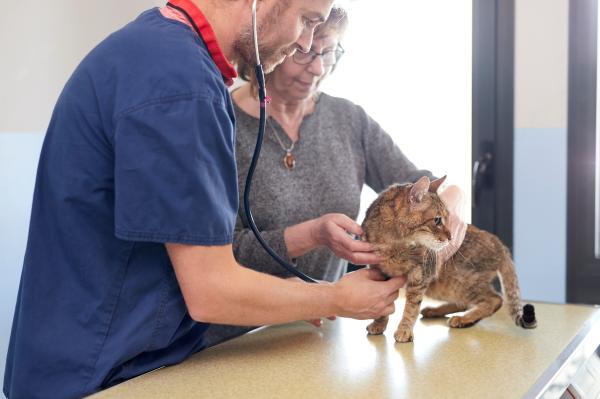
Because the symptoms of many skin disorders manifest themselves in a similar manner, it can be difficult to confirm a final diagnosis. A proper history and clinical examination are crucial, and may require even more investigation, including skin allergy testing and food trials. Dermatological conditions of cats vary from acute, self-limiting problems to chronic problems that may require a lifetime of care.
Epidermis
The top layer of the skin, the epidermis, is very thin (ranging from 0.3-0.5 mm thick), and is the barrier between the cat’s internal body and the external environment. It is constantly renewing itself, with the basement membrane basal cells replicating to produce new skin cells. These new skin cells migrate up through the epidermis to mature, and form the stratum corneum, the top layer, before they are shed. The stratum corneum is structured in a ‘bricks & mortar’ arrangement, with the bricks (corneocytes) surrounded by the mortar (ceramides, free fatty acids, cholesterol). The normal skin cell turnover is 3 weeks in pets, and the rate of cell replacement is affected by nutrition, hormones, tissue factors, and genetics.
Dermis
The dermis, the skin layer below the epidermis, supports and nourishes the epidermis and skin appendages (hair follicles, oil and sweat glands, and claws). Blood vessels in this layer help regulate skin and body temperature. Collagen proteins produced in this layer help support the skin.
Clinical Conditions
Parasites, fungi, and bacteria can all cause skin disease in cats. Endocrine disease and allergic disease can also be seen. Clinical signs that are often observed include:
-
Hair loss
-
Redness
-
Intense scratching
-
Scabs (miliary dermatitis)
-
Excessive grooming
Cats tend to incessantly itch, scratch, and bite their fur when they have skin disease, in an attempt to alleviate the symptoms. We have more than a 30 year history of studying, developing and updating a leading range of products to help keep skin healthy and treat common dermatologic conditions of pets. Our topical dermatological therapies also include shampoos that can adjunctively help with the management of these cases by washing off potential allergens, soothing and moisturizing the skin, and providing ingredients (ceramides, free fatty acids and cholesterol) to help with repair of the disrupted epidermal barrier.



